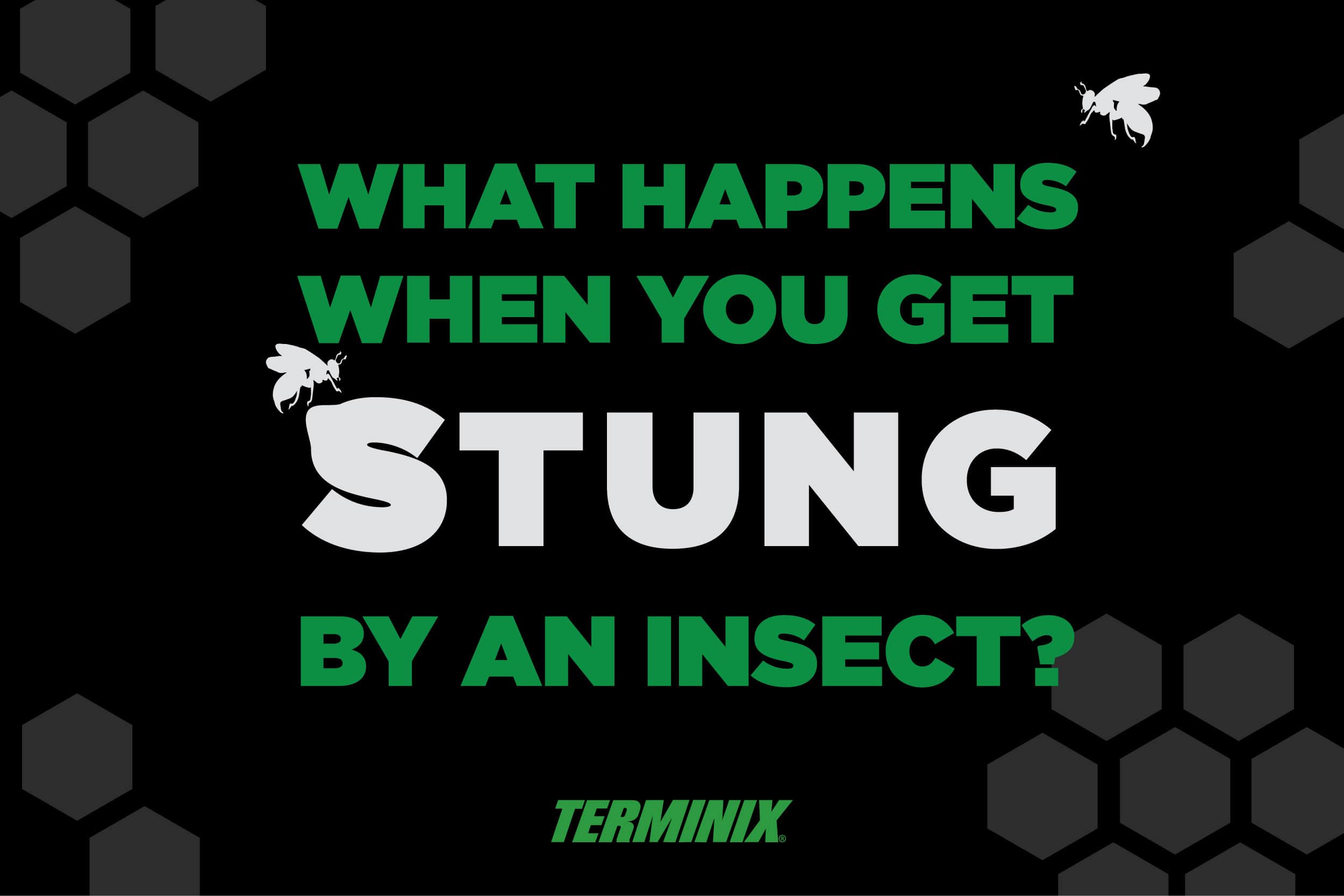Bee, wasp and hornet stings can be extremely painful. You know that.

For some people, they can even trigger allergic reactions that can be life-threatening if not treated properly.
But beyond the symptoms — the initial searing pain, the swelling and the lingering discomfort — how do these stings actually work? The answer to this question is as complicated as the insects themselves.
Why do bees and wasps sting?
Bees and wasps belong to the order Hymenoptera, which means they're related to ants. Like their cousins, bees and wasps are social creatures that live in large colonies. Each bee and wasp has a specific role within the colony.
Some bees and wasps are assigned the duty of defending the colony. When threatened by a predator, these bees and wasps spring into action. Some carnivorous wasps also use their stingers to paralyze their prey.
All stinging bees and wasps are females. While males (drones) may behave aggressively, they are not equipped with stingers, which are actually modified ovipositors (egg-laying organs).
Phase 1: Pain
To drive away predators, bees and wasps deliver venom through their stingers. By burying their stingers in their victim’s flesh, bees inject an acidic compound called melittin, which switches on the victim's pain receptors. Wasp venom also contains traces of acetylcholine, another chemical that stimulates pain receptors. This attack on the nervous system is experienced as a combination of burning and itching.
Phase 2: Swelling
Bees and wasps also release histamines into their victim’s bloodstream when they sting. These histamines mobilize the immune system against what it interprets to be foreign invaders, causing inflammation.
One of the defensive strategies bees and wasps have developed is to cause their enemies’ own internal defenses to overreact and incapacitate them from within. This is especially true if the individual who has been stung experiences an allergic reaction in response to the sting.
According to the Mayo Clinic, if someone has been stung by a bee or wasp and exhibits any of the following symptoms, he or she may be in danger of experiencing anaphylactic shock:
- Skin reactions, including hives and itching and flushed or pale skin
- Difficulty breathing
- Swelling of the throat and tongue
- A weak, rapid pulse
- Nausea, vomiting or diarrhea
- Dizziness or fainting
- Loss of consciousness
In the case of a severe allergic reaction to an insect sting, the Mayo Clinic recommends to call 911 or another emergency service right away.
Phase 3: The possibility of more stings
Bee and wasp stings release a chemical known as an attack pheromone when they sting, which alerts other members of the colony to the presence of the threat. It effectively targets the victim for further stinging and can become the source of a swarm.
Honey bee stings are a fatal act for the bee. Honey bees' barbed stingers become stuck in their victim’s skin, and the bees cannot retract the stinger without separating it from the rest of their body. In doing so, the bee ruptures its abdomen, which contains important muscles, nerves and a portion of the insect’s intestinal tract. Once embedded and even after becoming dislodged from the bee itself, the honey bee’s stinger can continue to discharge venom.
Though extremely rare, human fatalities are also possible with honey bee stings. Human fatalities are typically caused by respiratory issues or anaphylaxis.
However, unlike the honey bee, the majority of bees and wasps do not have barbed stingers, so the stinger can be inserted and retracted from the target multiple times.
Whatever the case, once you have been stung, get as far away from your current location as possible (especially if other stinging insects are in the area) in order to calmly remove yourself from the danger of being stung repeatedly.
What to do for a bee or wasp sting
Finding immediate relief from a bee and wasp sting starts with remaining calm. Next, get to a safe area in which you can properly treat the sting. Once you do, you can use a credit card or a similar object to scrape off the stinger.
In addition to the above recommendation for severe allergic reactions to bee stings, if you've only had a mild reaction to a bee sting, then the Mayo Clinic says that swelling and pain in most people go away within a few hours. The Mayo Clinic recommends to make an appointment to see your doctor if:
- Bee sting symptoms don't go away within a few days
- You've had other symptoms of an allergic response to a bee sting



